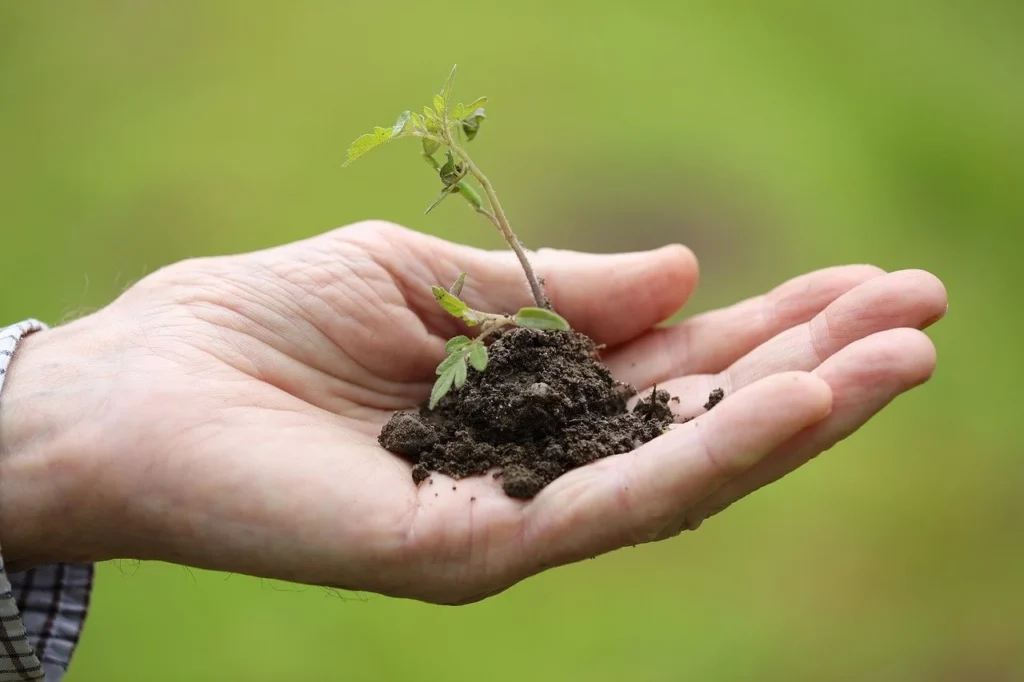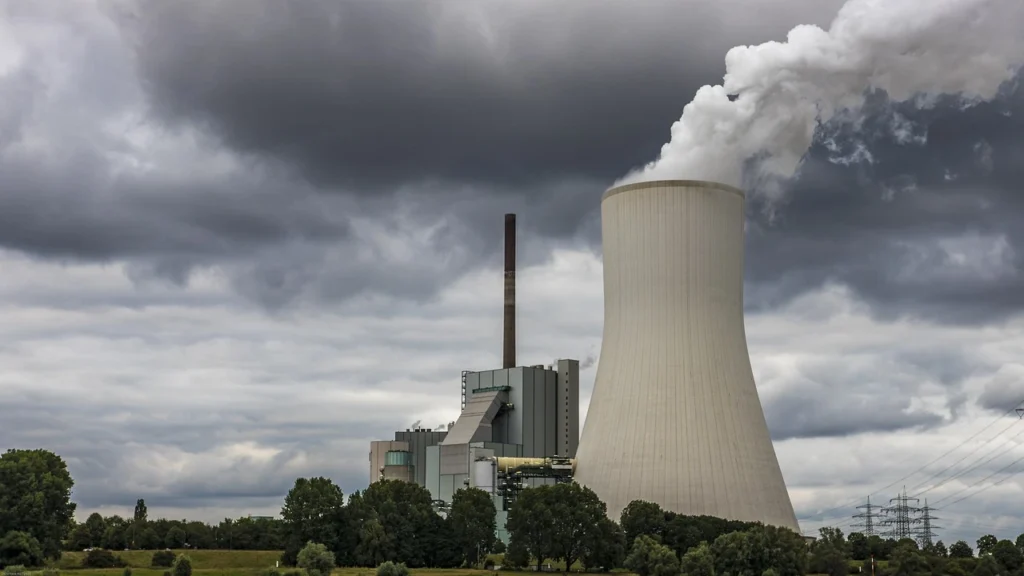Plants: Nature’s Lifeline and Beauty

Plants are the foundation of life on Earth, playing a vital role in sustaining ecosystems and enriching our lives. They provide oxygen, food, and beauty, while contributing to mental well-being and biodiversity. This article explores their importance, the threats they face, and how we can protect them.
Importance of Plants in Our Lives
Source of Oxygen
These are essential for producing oxygen through photosynthesis, a process that converts carbon dioxide into oxygen. For instance, forests, known as the ‘lungs of the Earth,’ maintain oxygen levels, while marine plants like phytoplankton also contribute significantly. Together, these systems balance atmospheric gases, making them indispensable for life.
Food and Nutrition
Plants form the base of the food chain, offering fruits, vegetables, grains, and nuts as nutrition for humans and animals. Additionally, they provide fodder for livestock, indirectly nourishing humans. Furthermore, plants ensure food security and support diverse diets worldwide, solidifying their role in sustaining life.
Medicine & Health
For centuries, these have been central to medicine. Aloe vera, turmeric, and neem are known for their healing properties. Pharmaceuticals also rely on plant-derived compounds to treat illnesses, highlighting their importance in healthcare and the need for conservation for future medical advancements.
Environmental Benefits of Plants
They provide essential environmental benefits that sustain life on Earth. Specifically, they absorb carbon dioxide, mitigating climate change, and their roots prevent soil erosion. By creating habitats for wildlife, they support biodiversity and ecological balance. These vital roles underscore the necessity of conserving and nurturing life for a sustainable future.
Carbon Sequestration

They absorb carbon dioxide during photosynthesis, helping to mitigate the effects of climate change. Consequently, forests and green spaces act as carbon sinks, reducing the overall carbon footprint.
Soil Conservation

Roots bind the soil, preventing erosion and maintaining fertility. Moreover, they improve soil health by adding organic matter, ensuring sustainable agricultural practices.
Habitat for Wildlife

They provide shelter and food for countless species. For example, towering trees host bird nests, and aquatic plants support fish. Thus, they create diverse habitats essential for biodiversity.
Aesthetic and Psychological Benefits
Enhancing Landscapes
They beautify our surroundings, adding vibrancy and color to gardens, parks, and urban spaces. Ornamental flowers, shrubs, and greenery enhance natural beauty, creating visually appealing environments. From cityscapes to rural areas, they play a pivotal role in uplifting aesthetics and connecting people to nature.
Mental Health Improvements
They significantly impact mental well-being by reducing stress and enhancing mood. Indoor greenery improves air quality and fosters relaxation, making it a vital addition to homes and offices. Studies show that being around plants increases productivity and creates a soothing atmosphere, highlighting their importance in modern living spaces.
Challenges Facing Plant Life
Deforestation
Uncontrolled logging and land clearing for agriculture have led to massive deforestation, threatening ecosystems and the survival of countless species.
Climate Change
Rising temperatures and changing weather patterns disrupt growth cycles and habitats, leading to biodiversity loss.
Pollution
Air, water, and soil pollution negatively impact plant health, reducing their ability to grow and perform vital functions like carbon sequestration.

How We Can Protect Plants
Plant More Trees
Afforestation and reforestation initiatives are crucial to restoring degraded ecosystems and increasing green cover. Consequently, these efforts ensure ecological balance.
Sustainable Practices
Adopting sustainable agriculture, reducing pesticide use, and practicing organic farming can help preserve plant health and biodiversity. Thus, such practices contribute to long-term environmental benefits.
Awareness and Education
Educating communities about the importance of plants and their conservation can foster collective efforts to protect them. Therefore, spreading knowledge plays a pivotal role in sustaining plant life.
Conclusion
Plants are truly nature’s lifeline and beauty, contributing to the well-being of all life forms. Their ecological, aesthetic, and health benefits make them invaluable. As stewards of this planet, it’s our responsibility to protect and nurture plant life for a sustainable future. By understanding their significance and addressing the challenges they face, we can ensure that plants continue to thrive and support life on Earth.
